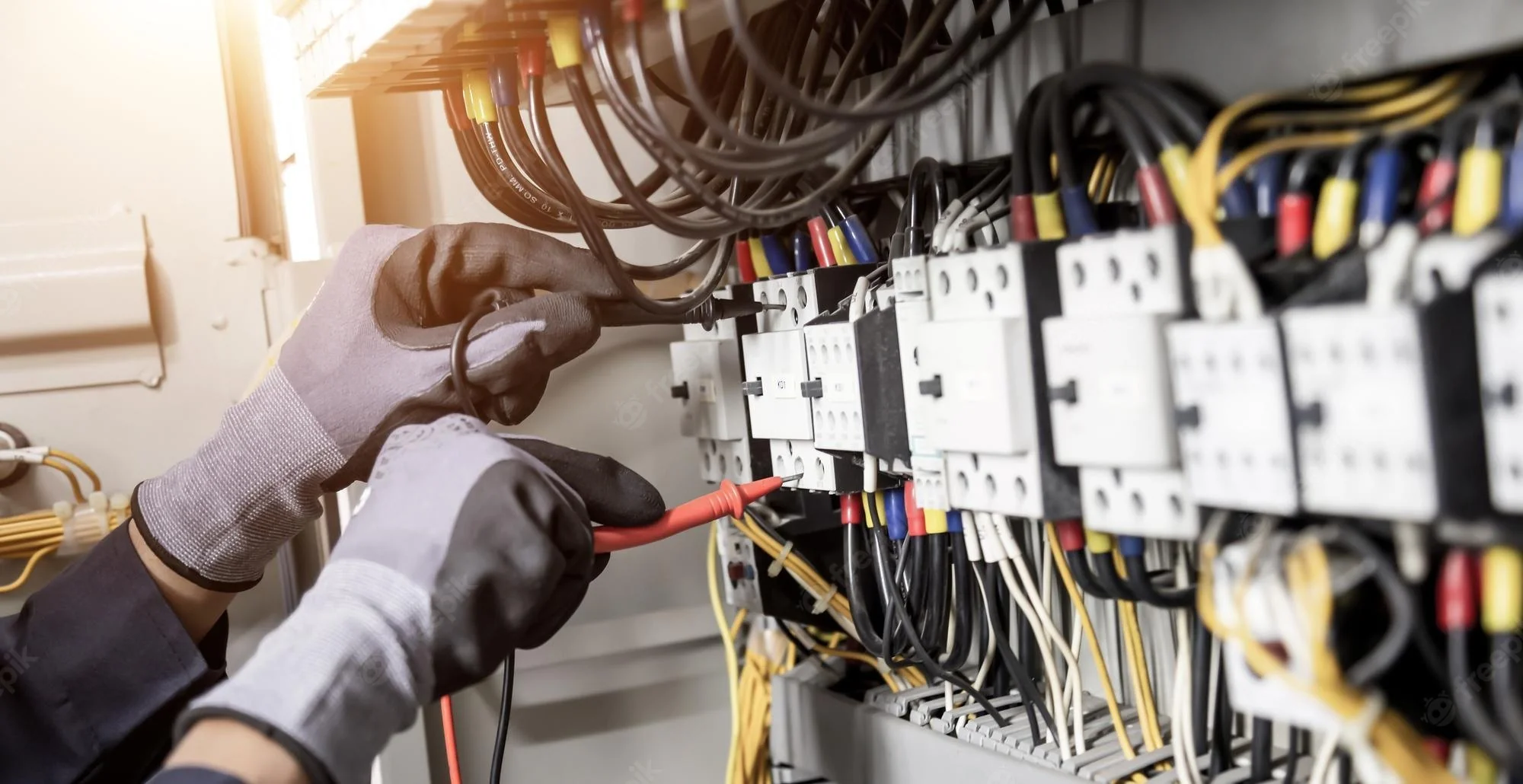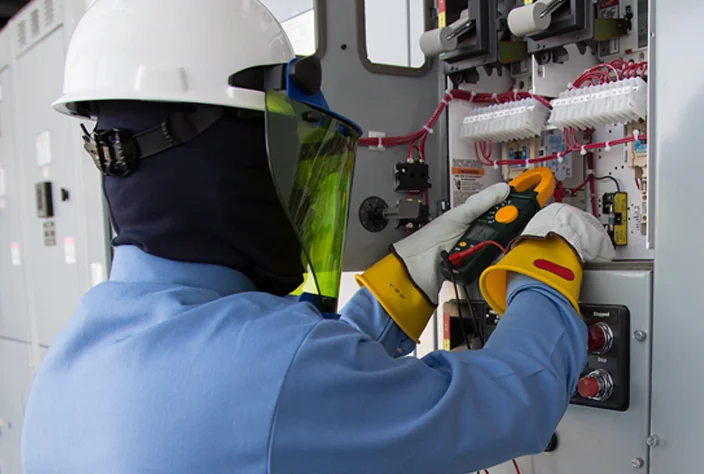When it comes to electricity, misinformation can be dangerous, even deadly. Electrical safety myths have persisted for generations, passed down through word of mouth and perpetuated by Hollywood movies and television shows. These misconceptions can lead to poor decision-making during electrical emergencies and create false confidence in dangerous situations. Understanding the truth behind these common electrical safety myths is essential for protecting yourself, your family, and your property.
The Danger of Electrical Misconceptions

Electricity is invisible, making it inherently difficult to understand and respect. Unlike other hazards that we can see, hear, or smell, electrical dangers often remain hidden until it’s too late. This invisibility has contributed to the development of numerous myths and misconceptions about electrical safety.
These myths often develop because people observe certain behaviors without experiencing immediate consequences, leading them to believe these actions are safe. However, electrical safety isn’t about what usually happens—it’s about what can happen under the wrong circumstances.
10 Common Electrical Safety Myths Explained
Rubber Shoes Will Protect You from Electrical Shock
This is perhaps one of the most persistent common electrical safety myths. Many people believe that wearing rubber-soled shoes provides complete protection against electrical shock. While rubber is indeed an insulator when it’s pure and dry, the reality is far more complex.
Most rubber shoes contain various additives and materials that can conduct electricity. Additionally, dirt, moisture, and wear can significantly reduce the insulating properties of rubber soles. Even if your shoes provide some protection, this protection is limited and should never be relied upon as your primary safety measure.
The truth is that electrical current will always seek the path of least resistance to the ground. If you’re touching an energized conductor, current can find alternative paths through your body, regardless of your footwear. Professional electrical workers use specialized insulating equipment that’s tested and rated for specific voltage levels, not ordinary rubber shoes.
Electricity Won’t Flow Through Wood
Another dangerous misconception is that wood is a reliable electrical insulator. While dry wood can have insulating properties, this myth ignores several critical factors that make wood an unreliable barrier against electrical current.
The conductivity of wood also depends on factors like grain direction, age, and type of wood. Weathered wood, painted wood, and wood that’s been treated with various chemicals can have significantly different electrical properties than fresh, dry lumber.
Professional electrical workers never rely on wood alone for electrical safety. Instead, they use specifically designed insulating materials that are tested and rated for electrical applications.
Low-Voltage Electricity Can’t Hurt You
Many people believe that household voltage (110-120 volts) is too low to cause serious harm. This electrical safety mythhas led to countless accidents and injuries over the years. The reality is that any electrical current passing through the human body can be dangerous or fatal.
The human body’s resistance to electrical current varies significantly based on factors such as skin condition, moisture, and the path the current takes through the body. Wet or broken skin offers much less resistance than dry, intact skin, allowing more current to flow.
Standard household voltage can easily produce these dangerous current levels under the right conditions. The key factor isn’t just voltage; it’s the amount of current that flows through your body, which depends on voltage, resistance, and other factors.
Circuit Breakers and Fuses Protect People from Shock
This is one of the most dangerous common electrical safety myths because it creates a false sense of security. Circuit breakers and fuses are designed to protect property and electrical systems from damage caused by overcurrent condition;s they are not primarily intended to protect people from electrical shock.
Standard circuit breakers typically trip at 15, 20, or 30 amperes, depending on the circuit. However, as mentioned earlier, currents as low as 0.01 amperes can prevent you from releasing an energized conductor, and 0.05 amperes can be fatal. A person can be electrocuted while drawing far less current than required to trip a standard circuit breaker.
The bottom line is that circuit protection devices are essential safety components, but they don’t eliminate the need for safe electrical practices and respect for electrical hazards.
If You’re Not Touching the Ground, You Can’t Get Shocked
Movies and television shows often perpetuate this myth by showing characters safely handling electrical equipment while standing on ladders or other insulating surfaces. This misconception can lead to dangerous behavior and serious injuries.
Electrical shock occurs when current flows through your body, and this can happen even when you’re not directly connected to the ground. Current can flow from one part of your body to another, such as from one hand to the other hand, without ever reaching the ground.
Professional electrical workers understand that elevation doesn’t guarantee safety from electrical shock. They use proper lockout/tagout procedures, appropriate personal protective equipment, and follow strict safety protocols regardless of their position relative to the ground.
Dead Wires Can’t Hurt You
The assumption that de-energized electrical wires are completely safe is another dangerous electrical safety myth. Wires that appear to be “dead” can become energized unexpectedly due to several factors.
Backfeeding is a phenomenon where electricity flows in the opposite direction from its typical path. This can occur when generators are improperly connected to home electrical systems or when utility workers are making repairs. Wires that should be dead can suddenly become energized from an unexpected source.
Professional electrical workers always test wires with appropriate meters before working on them, even when they believe the circuits are de-energized. They never rely on assumptions about wire condition.
Extension Cords Are Safe for Permanent Use
Many homeowners use extension cords as permanent wiring solutions, believing they’re just as safe as permanently installed wiring. This common electrical safety mythcontributes to numerous fires and electrical accidents each year.
Extension cords are designed for temporary use only. They lack the protection of permanent wiring systems and are more susceptible to damage from foot traffic, furniture, and environmental conditions. The connections between extension cords and plugs create additional resistance points that can generate heat and potentially cause fires.
Long-term use of extension cords also increases the likelihood of damage to the cord insulation, creating shock and fire hazards. Unlike permanent wiring, extension cords aren’t protected by wall boxes and conduit systems that shield them from physical damage.
Water and Electricity Don’t Mix, So Staying Dry Keeps You Safe
While it’s true that water significantly increases electrical conductivity and danger, the myth that staying dry provides complete protection is oversimplified and dangerous. This misconception can lead to overconfidence in situations where electrical hazards are present.
Professional electrical safety requires understanding that moisture control is just one aspect of comprehensive electrical safety. Proper procedures, equipment, and respect for electrical hazards are necessary regardless of environmental conditions.
Small Electrical Fires Can Be Put Out with Water
This extremely dangerous myth has caused numerous injuries and deaths. Water conducts electricity, and using water to extinguish electrical fires can result in electrocution of the person fighting the fire and can spread the electrical hazard to new areas.
If the electrical source cannot be safely disconnected, evacuating the area and calling professional firefighters is the safest approach. Never use water on electrical fires unless you’re sure the electrical source has been completely disconnected.
Home Electrical Work Is Easy and Safe for DIYers
The proliferation of home improvement shows and online tutorials has led many homeowners to believe that electrical work is straightforward and safe for anyone to perform. This electrical safety mythignores the complexity of electrical systems and the serious hazards involved in electrical work.
Additionally, many areas require permits and inspections for electrical work to ensure compliance with safety codes. Unpermitted work can create liability issues and may void insurance coverage in case of accidents.
Understanding Electrical Safety Reality

The truth about electrical safety is that electricity demands consistent respect and proper procedures. There are no shortcuts or simple rules that guarantee safety in all situations. Professional electrical safety requires:
Proper Training: Understanding how electricity behaves, recognizing hazards, and knowing appropriate safety procedures for different situations.
Appropriate Equipment: Using tools and protective equipment that are designed, tested, and rated for electrical work.
Systematic Procedures: Following established protocols for testing, lockout/tagout, and safe work practices.
Continuous Awareness: Maintaining vigilance and never becoming complacent about electrical hazards.
The key to electrical safety isn’t memorizing a list of dos and don’ts; it’s developing a thorough understanding of electrical principles and maintaining healthy respect for electrical hazards.
Building a Culture of Electrical Safety

Overcoming electrical safety mythsrequires more than just learning the facts; it requires changing attitudes and behaviors around electricity. This starts with education and continues with consistent application of safe practices.
Stay informed about electrical safety through reputable sources and be willing to update your knowledge as new information becomes available. Electrical safety science continues to evolve, and practices that were once considered safe may be updated based on the latest research.
Frequently Asked Questions
Can wearing gloves protect me from electrical shock?
Only gloves made for electrical work provide absolute protection. Regular gloves are not safe.
Is it safe to use equipment with ground plugs in outlets without grounding?
No. Removing the ground pin or using adapters is unsafe and can cause shock or fire hazards.
Can I tell if a wire is energized just by looking at it?
No. You must use a tester; never assume a wire is safe without checking.
Are all GFCI outlets the same?
No. They come in different ratings and features, and they should be tested monthly.
Is electrical work safer in dry weather?
Dry weather lowers some risks but doesn’t remove electrical dangers. Always follow safety rules.
Can surge protectors stop all electrical damage?
No. They help with some surges but can’t prevent all electrical problems.
Conclusion
Understanding the truth behind electrical safety mythsis literally a matter of life and death. These misconceptions have persisted because electricity’s invisible nature makes it easy to misunderstand, and because people often engage in unsafe behaviors without experiencing immediate consequences. Electrical safety is an ongoing commitment to learning, vigilance, and respect for the power of electricity. Stay informed, question assumptions, and never hesitate to consult with qualified electrical professionals when you have doubts about electrical safety.
Need expert guidance on electrical safety in your home or workplace?Don’t let myths and misconceptions put you at risk. Contact qualified electrical professionals who can provide accurate information and ensure your electrical systems meet current safety standards.
